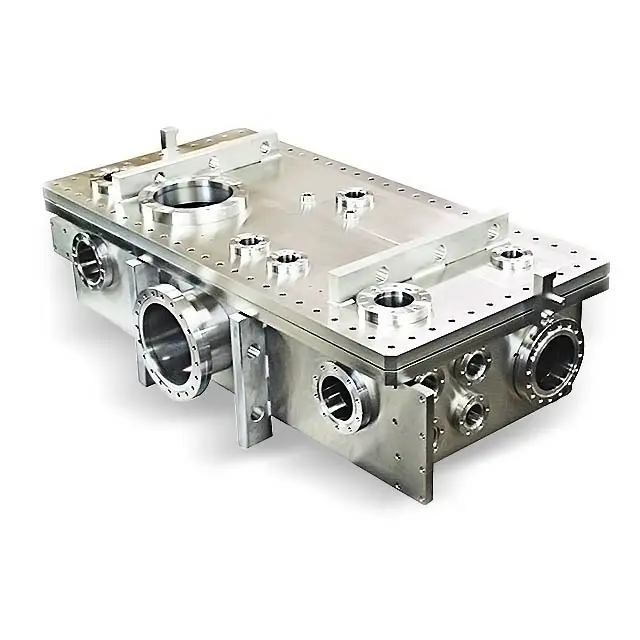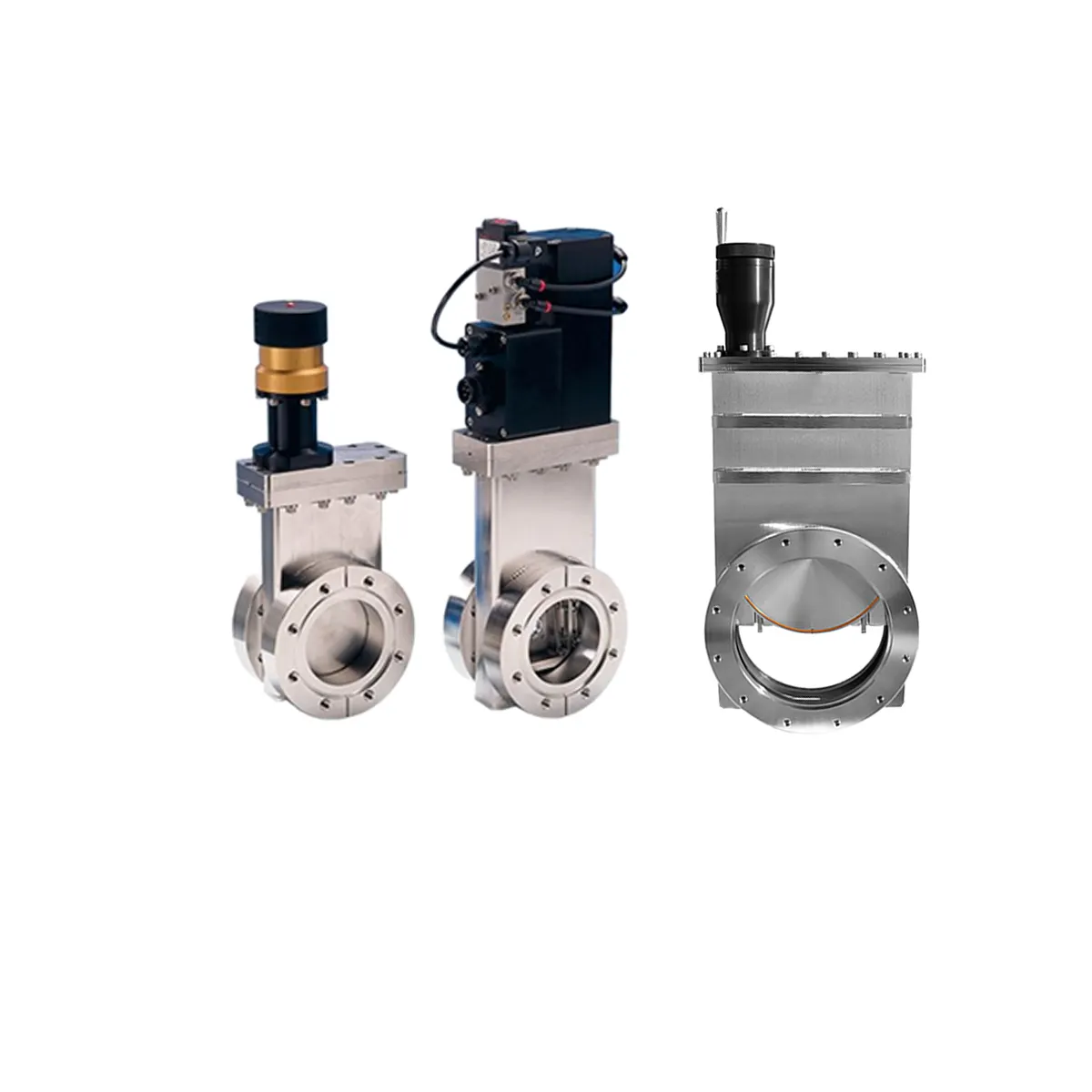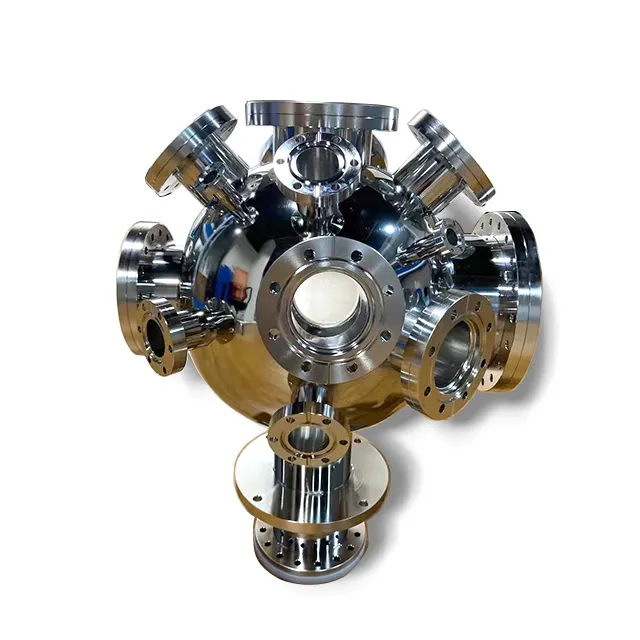vacuum chamber cost
Vacuum chamber cost represents a crucial consideration in various industrial and research applications, encompassing both initial investment and long-term operational expenses. These specialized containment systems, designed to maintain controlled environments by removing air and other gases, vary significantly in price depending on their size, materials, construction quality, and specific capabilities. The cost spectrum ranges from basic benchtop units starting at a few thousand dollars to complex industrial systems reaching several hundred thousand dollars. Key factors influencing vacuum chamber cost include chamber volume, material selection (typically stainless steel or aluminum), vacuum level requirements, additional features like viewing ports or feedthroughs, and automation capabilities. The investment also covers essential components such as vacuum pumps, gauges, valves, and control systems. Modern vacuum chambers often incorporate advanced features like programmable pressure control, data logging capabilities, and remote monitoring systems, which can impact the overall cost but provide enhanced functionality and precision. Understanding these cost components is essential for businesses and research institutions to make informed decisions that align with their specific applications, whether in semiconductor manufacturing, aerospace testing, or scientific research.


